In my earlier review of CrossWired Science CWS), I shared my excitement at how this online program presents information on large, interconnected areas of science. At that time, I had barely scratched the surface of the deeper science instruction further on in the course. In the Sound unit, these sections are entitled Digging Deeper; the Fluid Dynamics unit refers to them as Gold Digs.
A couple of weeks after I published my review, I chatted with CrossWired founder Don Miller, who has an incredible vision for the future of CWS. I shared with him how much the girls and I were enjoying the Digging Deeper sections. Noticing my fresh enthusiasm, he asked, “Is it possible to add something about Gold Digs and Digging Deepers into your review?”
Rather than expanding on this topic in my pre-existing review, I expressed my eagerness to write a separate blog post about it. Now, having more fully explored this valuable feature, let me share how we approached it and what we enjoyed about it.
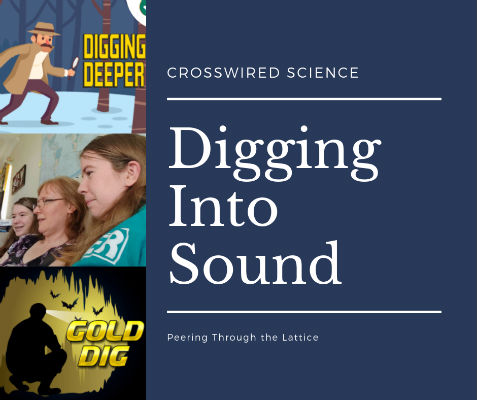
Earlier in the course, the core videos had introduced my students to deep science related to sound. I was amazed at just how much deeper they could go, and how much science they (and I) could pick up. There are five Digging Deeper sections in the Sound Unit. Given the depth of material, we sifted through them over the course of about a month.
Captivating Images
One of the most noticeable features of the Digging Deeper sections is the practically full-screen pictures.
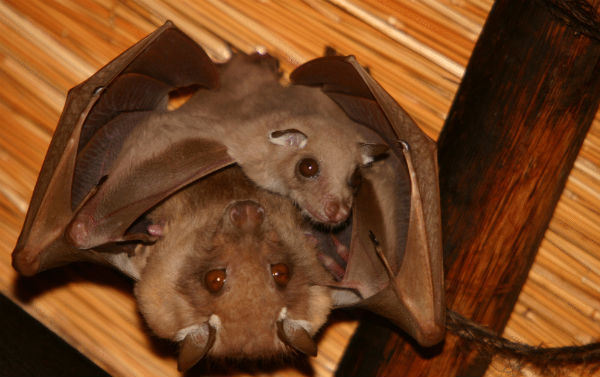
Honestly, their size annoyed me at first because I figured the page would load more quickly with smaller images. Before long I understood why they were so big. These attention-grabbing photos drew my daughters into the lesson.

Immersed in the astonishing visuals, their curiosity was piqued. They were ready to learn some deep science.
Sound Topics
Before we began to explore the Sound unit, I assumed it would merely address the physics of sound. Although it definitely covers that, the emphasis is more biological in nature. Here’s a sampling of the array of topics we learned about while Digging Deeper.
- comparative anatomy
- how birds produce sound
- communities of bats
- how bats use sonar
- bats’ ears and noses
- how bats maneuver
- bats that don’t echolocate
- whale behavior & communication
- giant squid (food for whales)
- the SOFAR channel
- how we use SONAR technology
- dolphin communication and vocal anatomy
- ultrasound technology
- how elephants use infrasound
- human vocal & auditory anatomy
- what happens with our vocal cords when we breathe, speak, and sing
- how our sinuses affect the voice
- differences between babies and adult vocal cords
- how lions roar so loudly
- cicada sounds
- how buzzy bees help pollinate flowers
- how speakers work

Isn’t that list amazing? I never expected a science curriculum to take us so deep into such a variety of areas.
Deep Descriptions
Could complex science topics like these be presented simply enough that my kids could understand them? Or would my girls be lost in a sea of indefinable scientific terms?
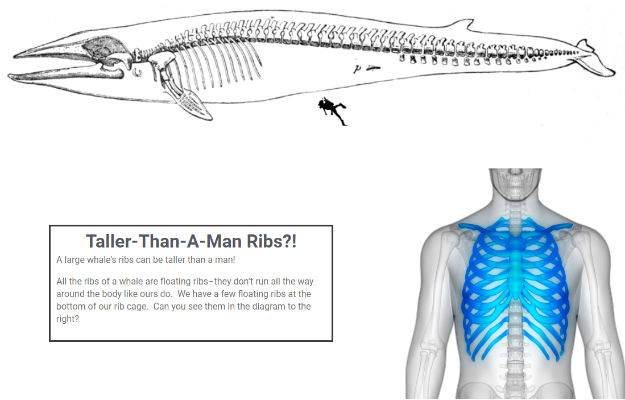
Short segments of text communicate clearly, making it easy for kids to understand and relate to. Crosswired Science not only defines tough terms but also uses some cool tricks to help kids truly own any scientific jargon.
Memory Tricks
Some terms are tricky. Do you know the difference between abducted and adducted vocal cords? Neither did we, until we learned a cool trick on CWS.
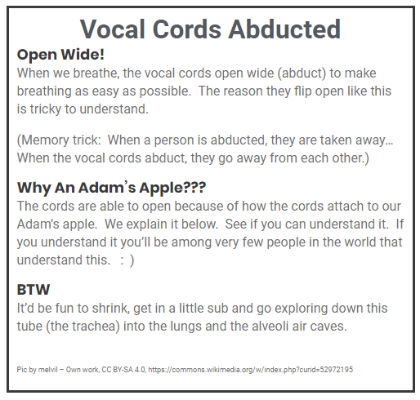
We had never heard of the SOFAR channel before, but now we can easily remember that it’s a special area of the ocean that carries SONAR sooooo far!
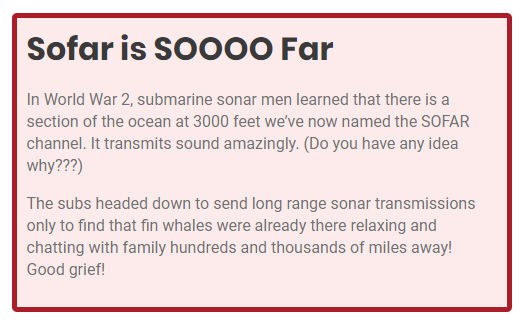
We even learned a cool pneumonic trick to help us recall the difference between CF and FM sound waves, which bats produce for different purposes.
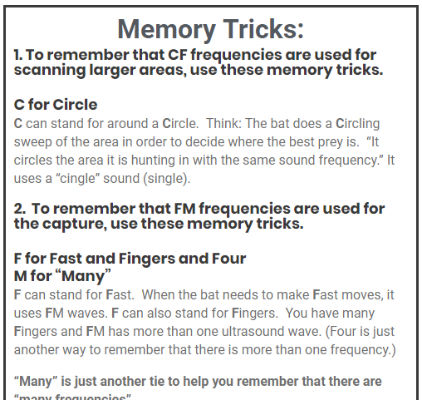
Video Links
Links to videos elsewhere on the Web enhance and enrich learning. The girls loved watching a fascinating video of the lyrebird reproducing a variety of sounds from its environment. Aside from mimicking other bird sounds, it can also sing like a camera shutter, car alarm, and chainsaw!

Another video link featured thousands of bats steadily streaming out of a cave without fighting or colliding. Have you ever considered how amazing that is?

The Wonders of Creation Connected to the Word
The complex design of the created world points to a Creator. This idea is subtly interwoven throughout each Digging Deeper section.
Appropriately placed Bible verses also direct students’ attention back to the Creator.
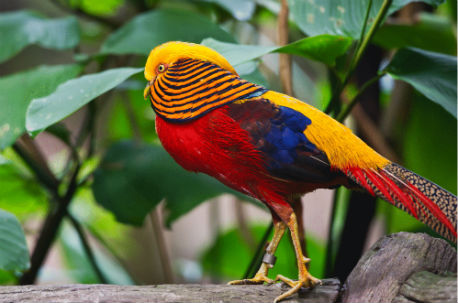
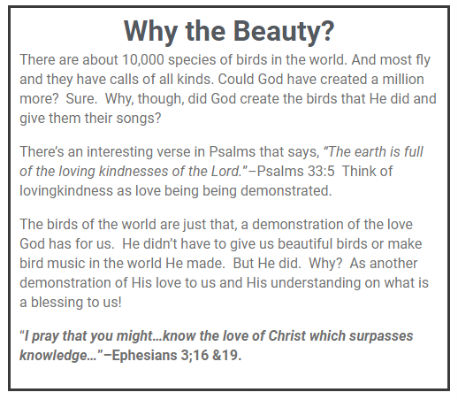
Short devotionals pepper the pages, connecting ideas from the science lesson to God’s Word.
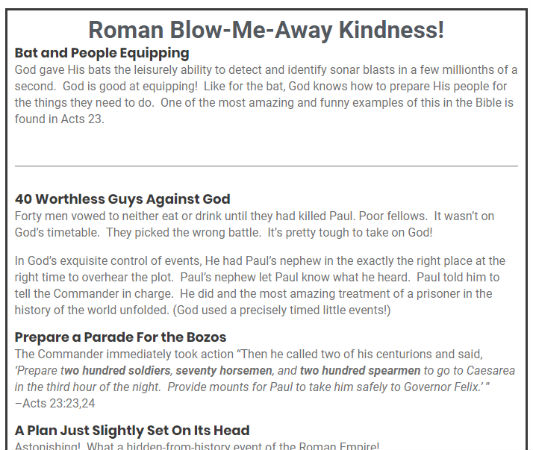
How Does a Lesson Take?
Because so much information is packed into each Digging Deeper section, rushing through is not recommended. It’s hard to finish an entire Digging Deeper page in one 45-minute session, especially if you’re reading it aloud to two talkative teens. Factoring in the inevitable rabbit trails their questions lead to, it may take 3-5 days to reach the end. We plowed through the first Digging Deeper in a couple of days but took an entire week for Digging Deeper 5. Completing one or two each week is a reasonable pace for curious middle schoolers.

Our Process
Each afternoon, the girls and I gather around the computer. Although they are entirely capable of reading the material on their own, I read the lesson to them. This allows them to slow down and process the information more fully. It also keeps me on the same page with them, enabling us to learn together. Let me assure you, I’m learning just as much as they are!
We pause to study the pictures, often discussing what we see or reading the labels on a diagram.

When we come to a video link, I copy and paste it into a new tab, and we view it together while I rest my voice.
Allowing the girls to take turns reading the Bible verses associated with a lesson also helps me rest the vocal cords we’ve been learning so much about.
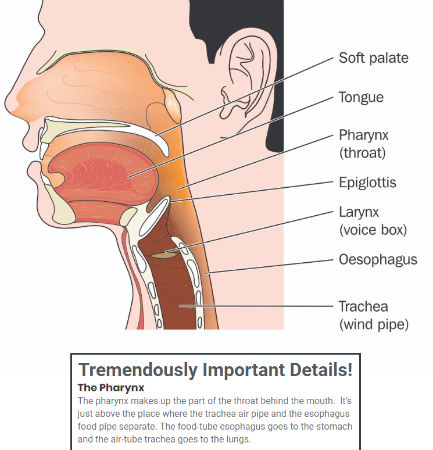
At times there is so much deep science in one of the lessons that the girls need a break before our science time is complete. We stop before they reach “information overload” and view a fun video or two from the General Links section.

Test Your Knowledge
When we reach the end of the Digging Deeper page, there is a quiz, which we complete together.
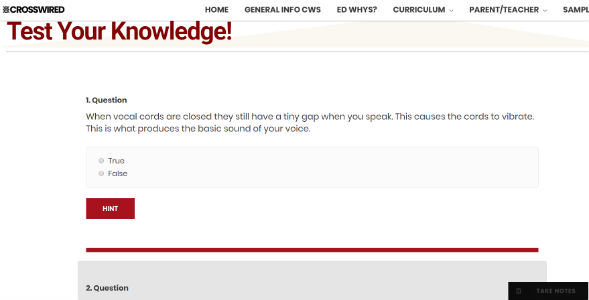
Sometimes the girls don’t agree on an answer. We could check out a hint which takes us back to the place in the reading where the information was introduced. We seldom do that. Instead, each girl explains why her answer is correct, and we choose the best option based on what they recall.
Occasionally, they overlook a detail in the question and choose an incorrect response. Even if I know they’ve chosen the wrong answer, I don’t mention it. This gives them the opportunity to notice their mistake and self-correct or miss the question and learn from it.

With all of the questions answered, we click the “Finish Quiz” button to submit our answers and receive immediate feedback.

The girls could also complete the quiz on their student accounts, but we enjoy the more informal style of responding together.
Loving Learning Together
To be honest, we started using CrossWired Science together because when we first began, I wasn’t sure which lessons to assign when. CWS now outlines a suggested schedule which provides more direction.
To write my crew review, of course, I needed firsthand knowledge of the program, so exploring the site together made sense. Even though I posted our official review weeks ago, I am continuing to use the same approach—studying science right alongside my girls.
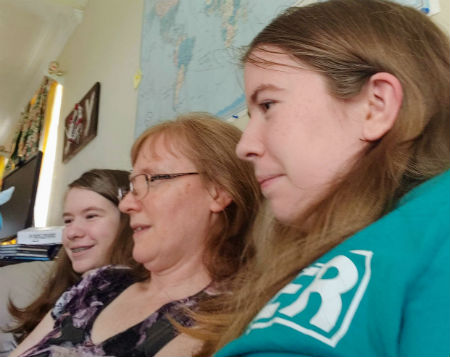
Why? Frankly, it’s fun! With CrossWired, we have the freedom to explore tangents together and call it what it is—education. If my girls traversed these same rabbit trails on their own, I might wonder why their science lessons took so long and suspect they were spending their time playing games or chatting with friends.
I didn’t decide to homeschool my kids so they could sit in front of a screen by themselves all day. Home education is about spending time together, getting excited about learning, exploring creatively, and building a Biblical worldview. CrossWired Science helps us do all of the above.
The twins complete several of their homeschool subjects on their own, and on Fridays they read an offline science text of their choice independently. Currently, they’re both learning about botany.
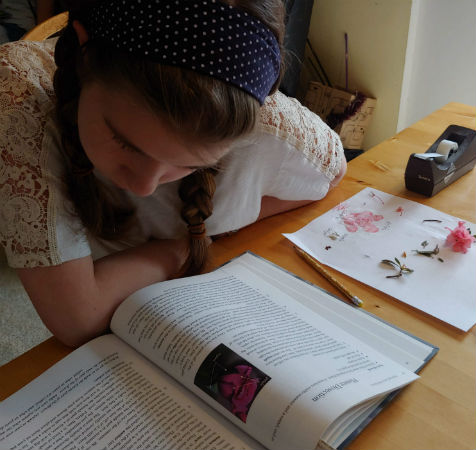
What About Independent Learning?
While CrossWired Science works great for learning as a family, it’s designed to be used independently. With individual student accounts, kids can use CWS at their own pace. As they progress through each page, they can take notes right on the screen. At the bottom of every lesson page, kids can show what they learned—either through a structured quiz or open-ended response.

Endless Information
I never suspected that we could spend more than two months learning about Sound, but we have. Before I got to know CrossWired Science, I couldn’t fathom the breadth or depth of science my 13-year-old twins could understand. I didn’t realize how readily they would soak in the information.
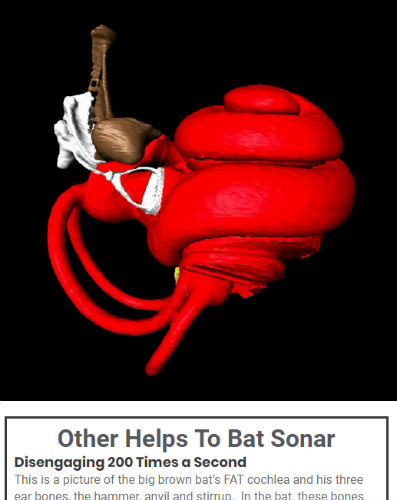
As we wrap up the Sound unit, I am excited to see what we will learn in the Fluid Dynamics unit and others that CWS will be releasing in the future.
If you haven’t checked out CrossWired Science yet, it’s certainly worth looking into. I wrote an introductory review of CWS a few weeks ago for the Review Crew, but at the time I hadn’t fully investigated the Digging Deeper and Gold Dig sections. Now that I have, I’m even more amazed at its incredible value.
Click here to read my original review of CrossWired Science.
An annual membership to CWS is $27 for the first student. That provides a parent and a child account. For each additional child, it is $10 per year if you register them all at the same time. You can receive $5 off your membership by using my affiliate code, ptl4.

CrossWired Science provides free access to a sample unit on their website. Have you checked it out? Let me know what you think.